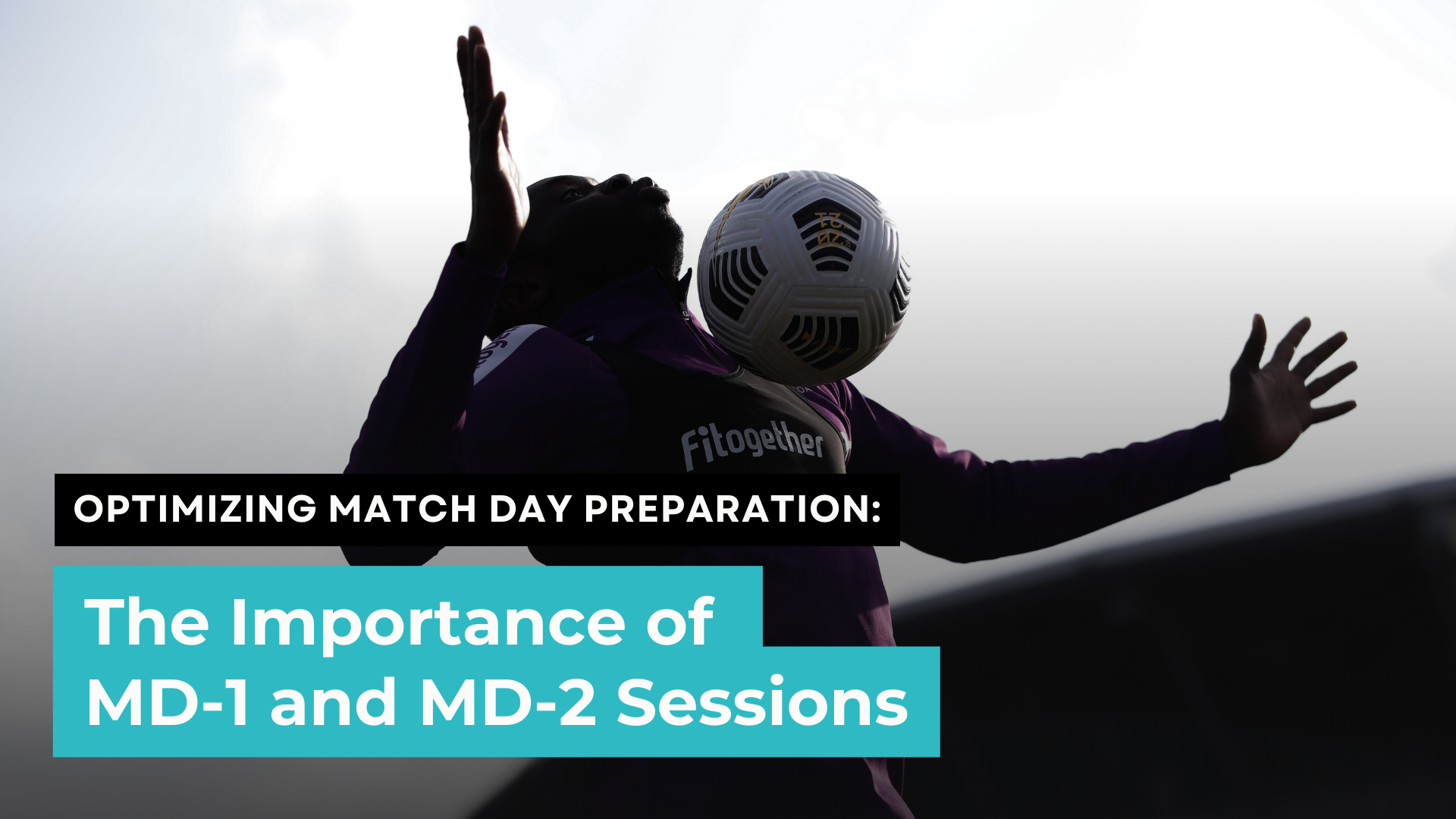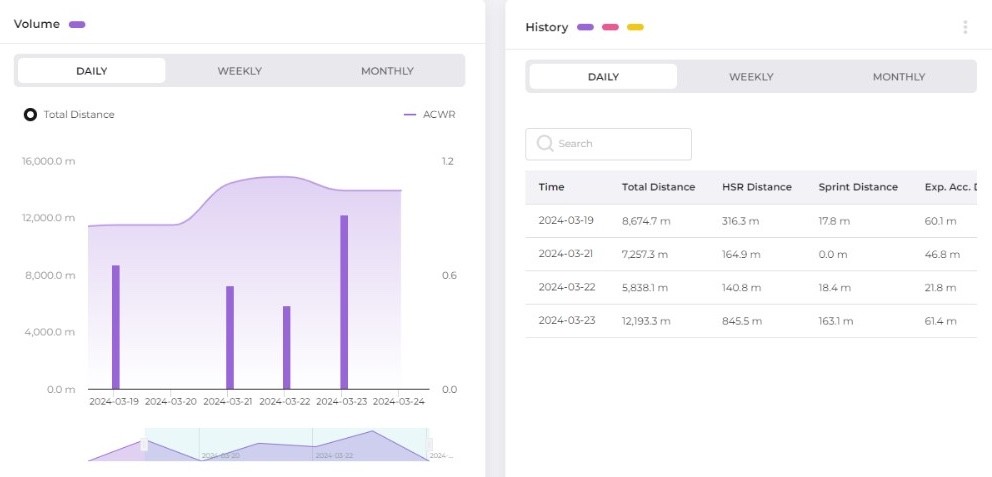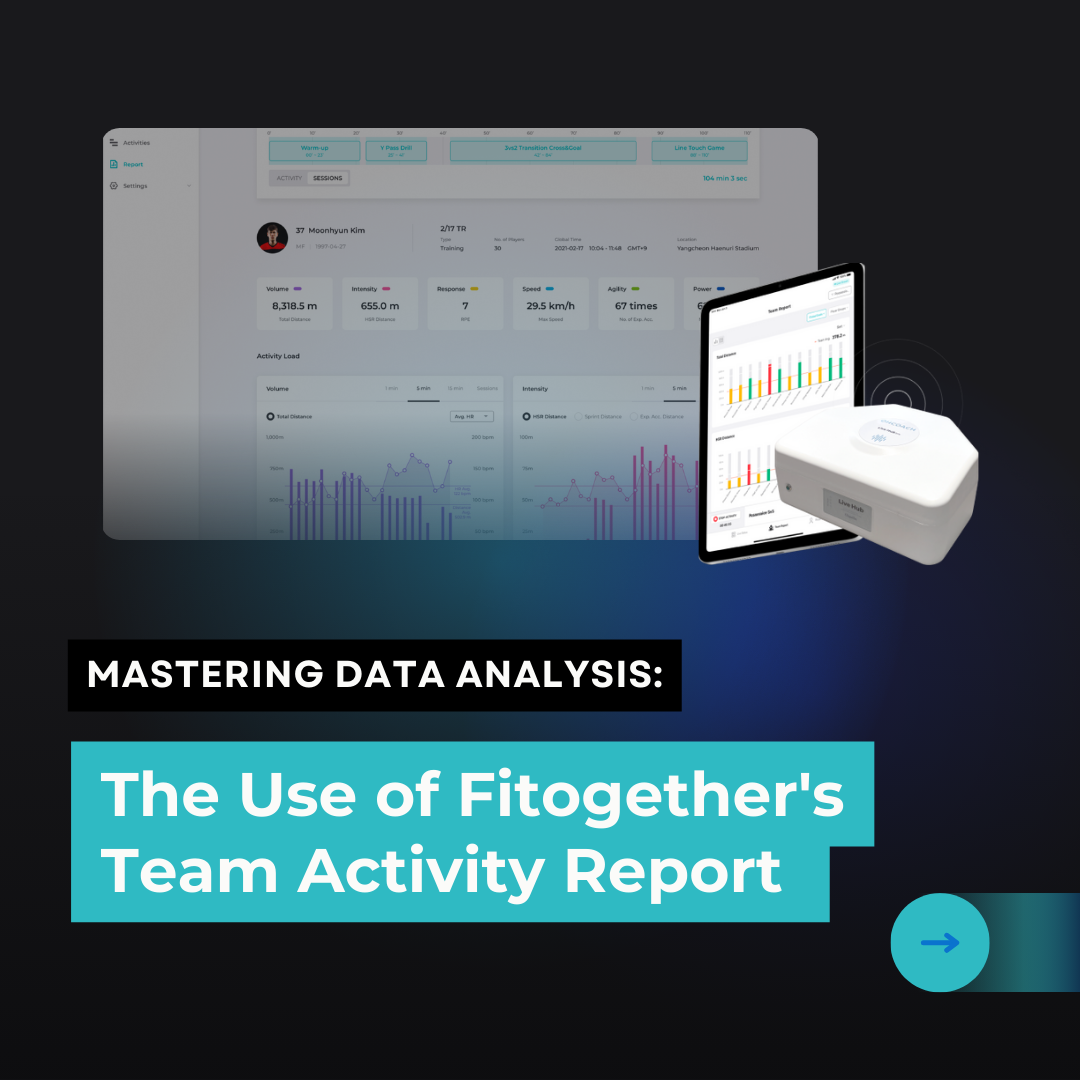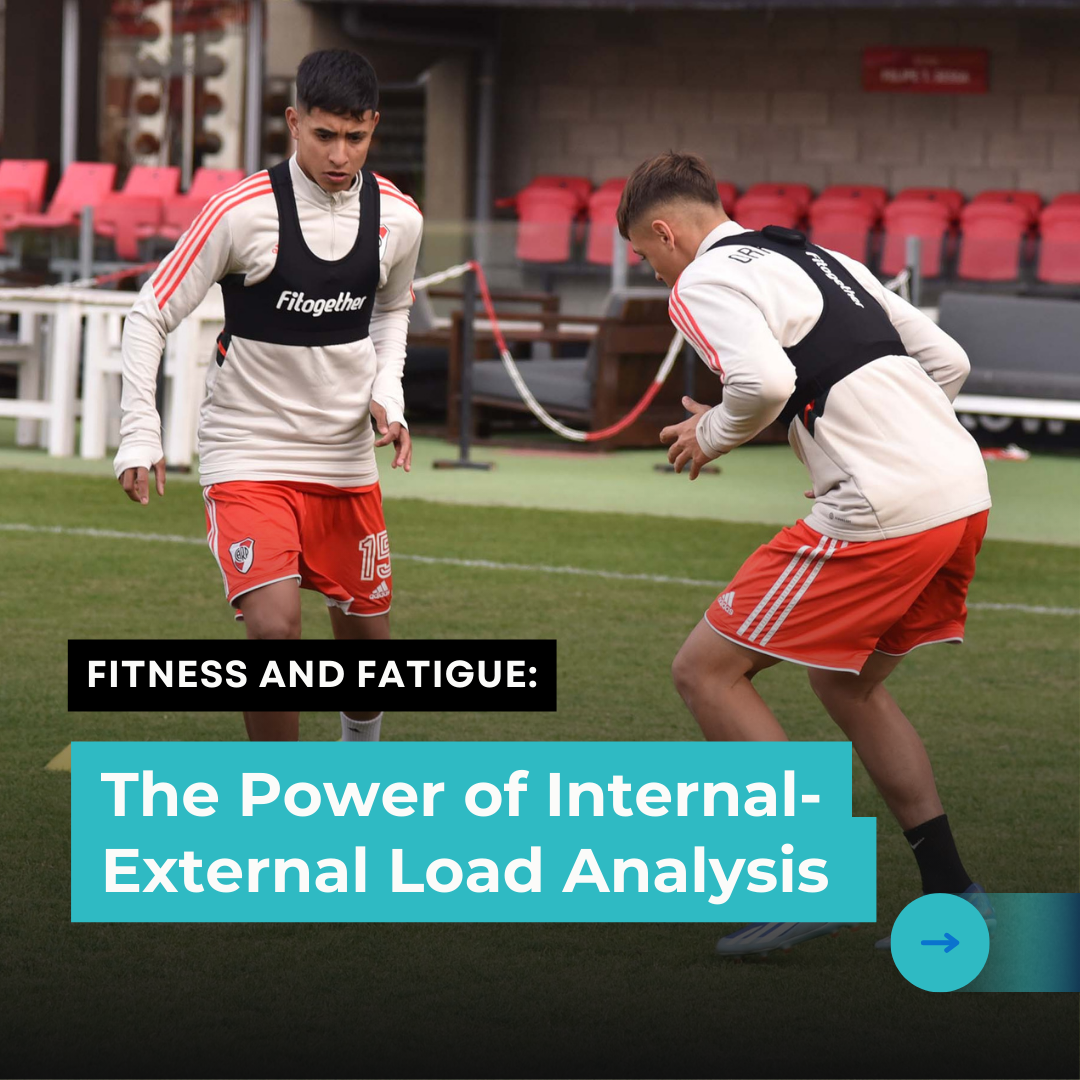
Welcome to another episode of Fitogether Vision & Insights! Your go-to source for staying at the forefront of sports science and technology. Our weekly updates deliver a curated blend of sports insight and knowledge!
Throughout the season, your schedule will include various training scenarios depending on the number and timing of games each week. That means you have to plan accordingly to ensure that your players are prepared appropriately for what is coming – a concept known as periodization. We will discuss periodization in more detail in a future newsletter, covering different types, how to monitor microcycles, and how to maximize their benefits.
Periodization itself involves structuring training to optimize performance and reduce injury risk. Within this framework, Match Day -2 and Match Day -1 sessions are crucial. Therefore, in this newsletter, we will focus on the topic of Match Day -2 and Match Day -1 sessions and why they are important.
According to Tactical Periodization—a training methodology that integrates tactical, technical, physical, and psychological aspects of the game into a comprehensive program—MD-2 and MD-1 sessions are considered taper days, occurring one and two days before a match.
Your Head Coach will generally have their own periodisation model for a “normal training week” that they follow and believe ensures their players are ready to execute their plan both from a physical and tactical point of view. Usually, the most intense training, or "work," is done earlier in the week. Then, training sessions are tapered to ensure players are fresh for the game. Your MD-1 & MD -2 sessions are the ones that could have the potential biggest risk if you go away from usual sessions and overload your players at the back end of the week.
Now, let’s talk about each session.
MD-1
MD-1 sessions are usually very consistent to help players establish a routine before the game. These sessions typically include a reactive element at the end of the warm-up, a rondo-style possession drill, tactical elements like 11 v 11 shape or set pieces, and sometimes a small-sided game for sharpness. The duration of MD-1 sessions generally remains consistent throughout the season.
MD-2
MD-2 training poses the biggest risk of overloading players, as it is 48 hours before the game and has the potential to believe that recovery time can be made up in the MD-1 session. Therefore it’s crucial to be aware of usual training loads and understand the metrics produced by the coach’s sessions.
Another reason why MD -2 poses the biggest obstacles is, it depends on what comes before on the MD -3, whether it’s a training session or a recovery day (originally based on a “British” style training week). If MD -3 is a recovery day, then this can change the tactical periodisation and will increase the areas to work on in training, leading to an increase in volume of metrics for both MD -1 & MD -2 compared with if MD -3 is a training session.
On MD-2, exercises often involve big pitch activities that are position-specific, resulting in high-speed metrics for wingers, full-backs, and strikers. While some high-speed work is necessary for preparation, excessive volume can increase the risk of hamstring injuries. Therefore, balancing high-speed volume and ensuring adequate recovery time is essential when planning these sessions.
Different managers have different training periodisation models. For example some keep MD-2 sessions light in volume and intensity, increasing both on MD-1. Others do the opposite, with higher volume and intensity on MD-2, tapering down on MD-1.
The key here is consistency.
If your Head Coach consistently uses their training methodology, players generally won't have issues with load. Problems arise when there is a significant increase in either volume or intensity, or both.
Also, why do injuries often increase when a new Head Coach arrives and implements their training methods? Such changes can shock the players' systems, leading to fatigue and an increased risk of injuries going into the game. However over time, players will adjust to increased volume, intensity, and schedule changes.
Overall, even though your players can adapt to each scenario you will still want to limit the amount of high speed and sprint distance performed over the 2 days of training to reduce the risk of injury. Having a cap of around 50% (this would mainly occur during training weeks where MD -3 is off) and match the high speed and sprint volumes is the absolute maximum you would ever want, ideally, you would want to be well under this and to aim to keep it consistent will give you a great strategy to mitigate injury risk.
How can you utilize Fitogether for MD-1 and MD-2 training?
Using Fitogether Analytics, you can limit the risk of overtraining in the sessions leading up to the game.
1. The first step is understanding your squad's average training week and the breakdown of each training day

This helps identify any significant increase in training load that may prevent proper tapering before the game. You need to be aware of your training averages and potential changes in those sessions. Using the concept of standard deviation (the volume of metrics that differ from the mean value of your training sessions), you can identify meaningful increases in volume. For instance, if your typical MD-2 training averages 5000m in total distance but occasionally reaches 5500m (a 10% increase), you can understand that anything under a 10% increase is not concerning for a single training session.
2. The next level of analysis involves player profiling.
We discussed this in previous newsletters. While the squad average is crucial, it's also important to understand the training averages for each individual player. Positions like wingers, full-backs, and strikers generally produce higher volumes of high-speed metrics on training days.
By knowing each player's training numbers, you can provide insights to your coaching team if players are potentially overloaded before a match. Using our Player Report Dashboard, you can track each player's training days and export data via CSV to create a database of average training volumes for each specific day and their weekly totals.

MD-1 and MD-2 sessions play an important role in preparing your team for upcoming matches. It's crucial to balance intensity and volume in these sessions to avoid overloading players and risking fatigue or injury.
And with Analytics, you have the tools to streamline this process and mitigate the risk of overtraining leading up to the game.
We're here to support you in your coaching journey.
Feel free to chat with us to learn more about our platform and how it can improve your coaching experience.


.png)